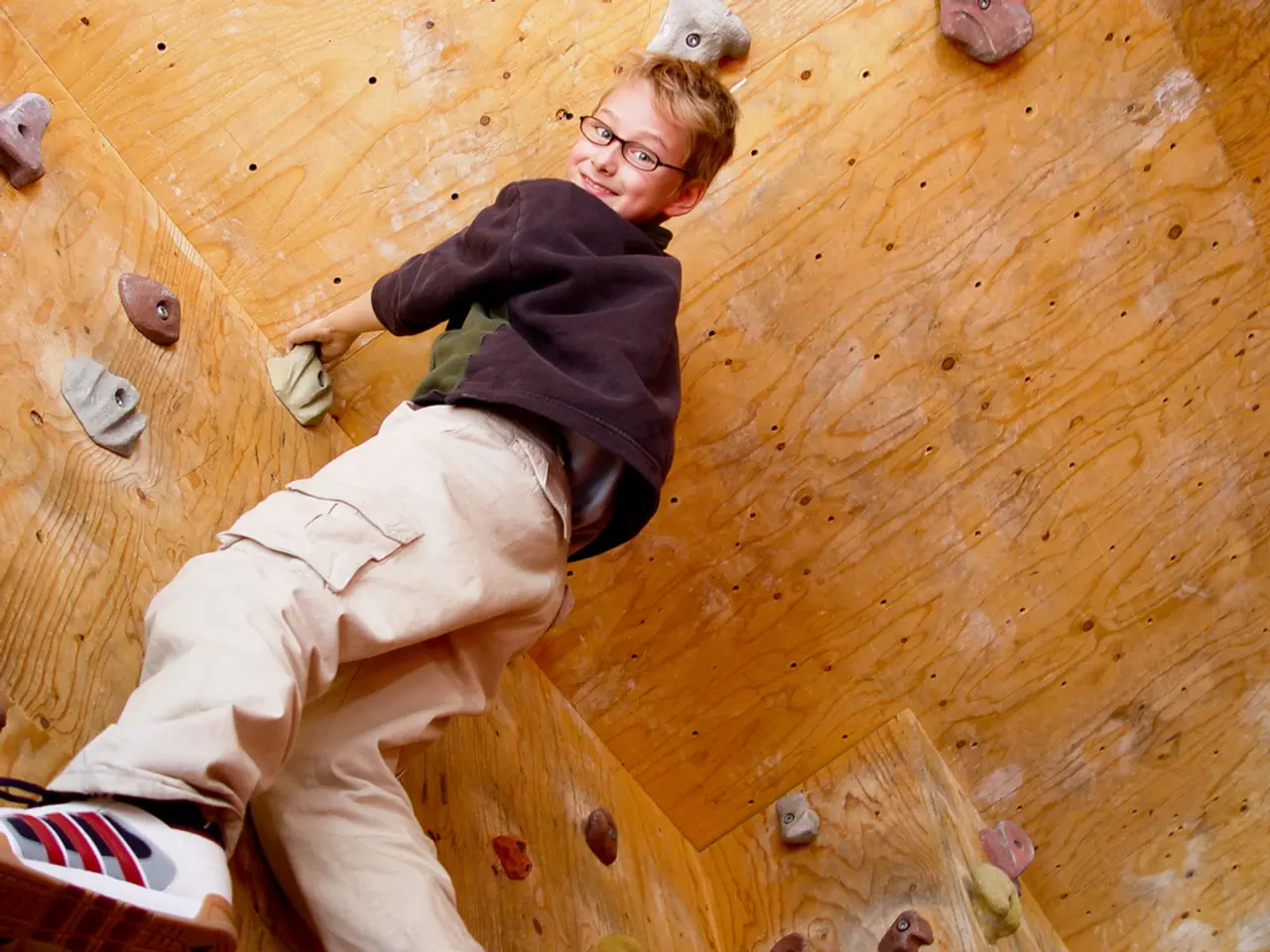Educational Approaches for ADHD Management: Techniques for Improved Learning
Supporting Students with ADHD in the Classroom: Effective Teaching Strategies
Attention-Deficit/Hyperactivity Disorder (ADHD) is a neurodevelopmental disorder that affects a significant number of students in academic settings. Characterized by symptoms such as inattention, hyperactivity, and impulsivity, ADHD can present challenges in the classroom. However, with a multifaceted approach, educators can create a supportive and inclusive learning environment that caters to the diverse needs of students with ADHD.
Emotional and Sensory Support
To help students with ADHD regulate their emotions and manage sensory overload, consider incorporating sensory breaks. These breaks can involve activities such as deep breathing exercises, stretching, or listening to calming music. Additionally, the use of fidget tools like stress balls or fidget spinners can help students channel excess energy. Adjusting the classroom environment by adjusting lighting, seating, and noise levels can also create a comfortable learning space.
Cognitive Learning Strategies
Implementing mindfulness exercises can enhance attention and reduce distractions for students with ADHD. Visual aids can act as attention anchors, helping students focus. Breaking tasks into smaller, manageable parts can reduce overwhelm and increase productivity.
Structured Learning Environments
Providing clear verbal and written instructions, along with visual aids, can help students understand and follow directions. Employing timers and schedules can assist students with time management and staying on task.
Collaborative Learning
Fostering a collaborative and supportive classroom environment where students feel valued and included is essential. Encouraging students to express their needs and ideas promotes a sense of agency in their learning process.
Assessment and Feedback
Using tools like mini-whiteboards or online quizzes to provide immediate feedback can help adjust lessons accordingly. Allowing students to revisit feedback at their own pace can be particularly helpful for those with ADHD.
Play-Based Learning
Utilizing play-based activities can make learning more enjoyable and engaging, which can help build confidence and skills for students with ADHD.
Addressing Psychological Needs
Implementing stress management techniques, such as mindfulness and relaxation exercises, can mitigate anxiety and promote well-being for students with ADHD.
By implementing these strategies, educators can create a supportive and inclusive learning environment that caters to the diverse needs of students with ADHD. Regular collaboration with parents, resource room staff, and specialists is essential in supporting ADHD students and creating an effective support system. Early identification and tailored strategies can enhance the learning experience for students with ADHD.
Incorporate e-learning resources such as interactive simulations, educational videos, and online assessments into the learning mix for students with ADHD, as they provide alternative ways to absorb information beyond traditional methods.
In the realm of professional development, educators could delve into instructional strategies like the ones mentioned above during workshops or training sessions focused on education-and-self-development, ensuring a comprehensive approach to support students with ADHD.
For science and health-and-wellness subjects, consider implementing hands-on activities that provide opportunities for exploration and experimentation, engaging students with ADHD in active learning.
Address mental-health concerns by involving guidance counselors or school psychologists in the implementation and assessment of these strategies and collaborate with them to deliver holistic support to students with ADHD.




